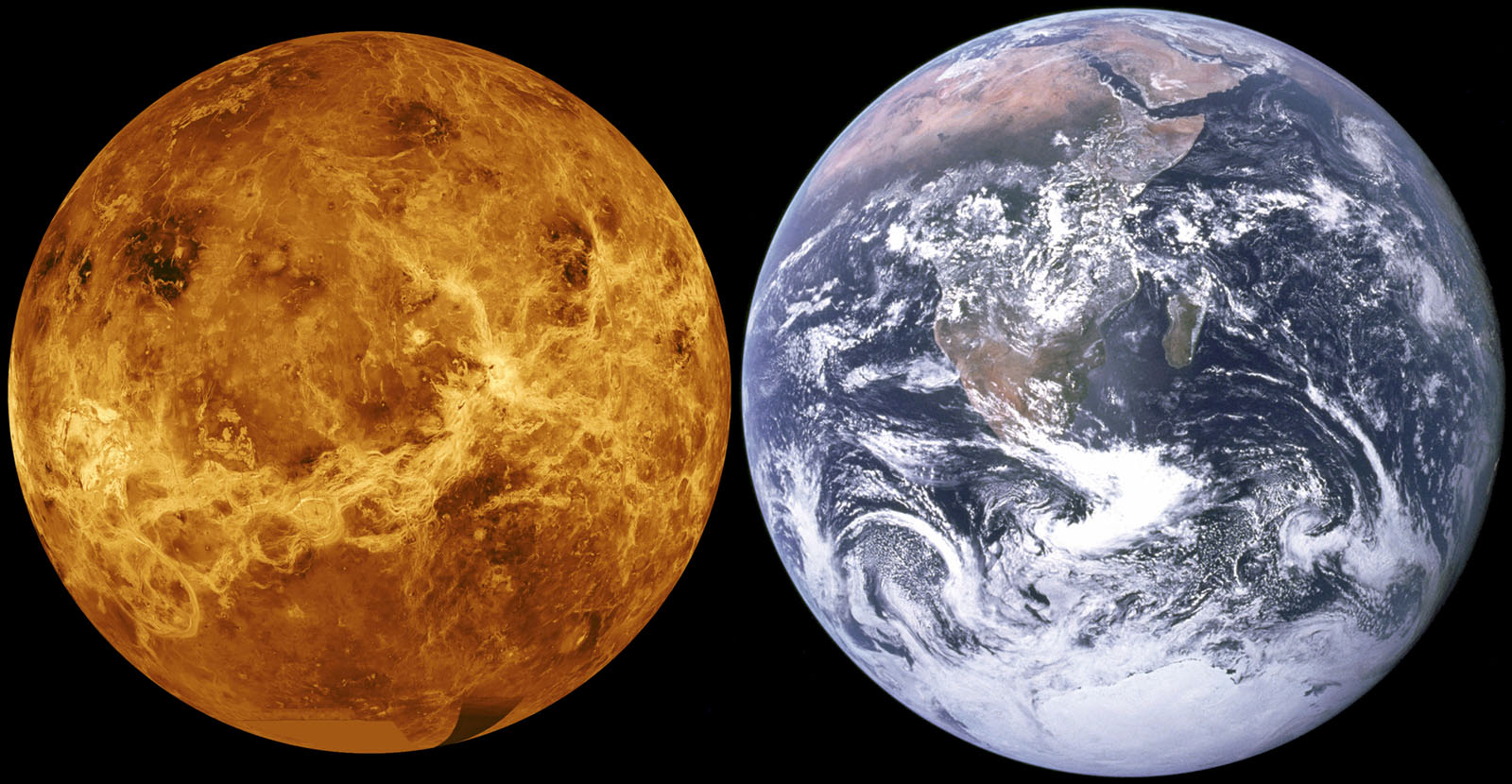A few days ago, I rifled through one of several of our bookshelves in our house. Hidden behind some family pictures I came across two books which I've had since shortly after I first got interested in Astronomy (at the ripe old age of 8 [I'm now 82]). In previous posts I have stated that I was born in Berlin; the books were published in the German language and were first printed in the 1930's. My copies are reprints from the 1940's.They were already well-used books when they were given to me and haven't improved their condition since then. I wrote about what got me started in astronomy in November 2019; the article appeared in the Jan/Feb 2020 Nova newsletter.
The books are written by different authors. The older book, "Von Fernen Welten" (Of Distant Worlds) by Bruno H. Bürgel, was originally published in 1910. The author was a true philosopher; he wrote other books about many aspects of the "human condition". As such, this book was written for the general public and was only meant to be a general look into Astronomy. Nonetheless, it contains a lot of astronomical detail.
The "newer" book, simply named "Astronomie", by Oswald Thomas, was first published in 1933. Thomas was a professional Austrian astronomer and wrote this book for the scientifically interested public and to "fill in" some astronomical themes which were less often addressed in other books on astronomy. It contains a multitude of tables, drawings, information about both the non-rotating and rotating sky, astronomy of the Earth's globe, the solar system, and what was known and unknown of the near and distant universe at the time. However, it was not annually updated. An enlightened neighbour in the apartment building where we lived gave me this (also used) book in 1953 as a present.
Bruno Bürgel's book gave me more motivation to look at and learn more about the sky. I spent many hours in public libraries. The sky of Berlin in the late 40's and early 50's was far less light-polluted, because many buildings had been bombed into ruins and streets were still sparsely illuminated. We could not afford to buy a pair of binoculars, never mind a small telescope, but I was the proud possessor of a 3X40 Galilean monocular. That monocular was my "telescope" for a number of years. It was an overwhelming feeling for me to find some of the interesting astronomical details mentioned in Bürgel's book. Oswald Thomas's book became my reference book later, and I occasionally still refer to it. Even in this digital age, well-written older books have value. They can last centuries and don't need batteries.











